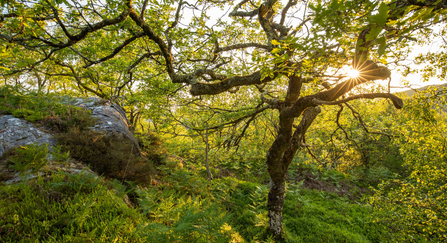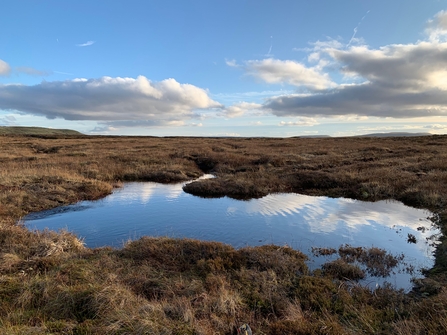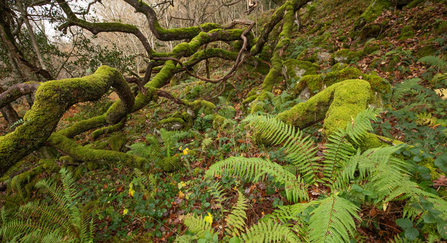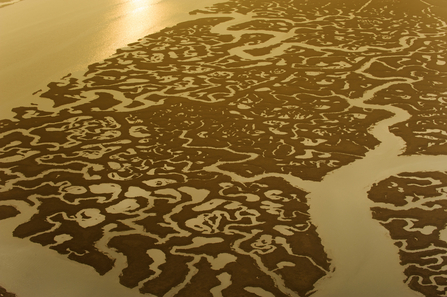Released today, the State of the UK Climate report has found that weather extremes are now the norm in the UK, with record temperatures and rainfall becoming more frequent.
Kathryn Brown, director of climate change and evidence at The Wildlife Trusts, says: “This report clearly reinforces that climate change is bringing more frequent extreme weather events to our doorsteps – from heatwaves and droughts to floods and storms. Nature has a critical role to play in helping to safeguard homes, businesses and livelihoods from these harms, underpinning our resilience to climate change with huge financial savings.
"As we're already seeing, the effects of climate change on UK wildlife are deeply concerning. From swifts dropping out of the sky during heatwaves to trees flowering much earlier than they have in the past, we are particularly worried about the effects of droughts on our nature reserves. Restoring and connecting nature, as well as supercharging ambitions for nature-based solutions like peatland restoration, tree planting and re-wiggled rivers, will therefore be vital to a liveable future which tackles this dual crisis head-on."
The impacts of this are far reaching, not least on our wildlife. However, nature also holds part of the solution to the climate crisis. Nature-based solutions provide multiple benefits to society – safeguarding us from extremes of weather, from flooding to droughts, while also being home to much-loved wildlife.
As a result, The Wildlife Trusts are calling for ambitious action to tackle the dual nature and climate crisis.




